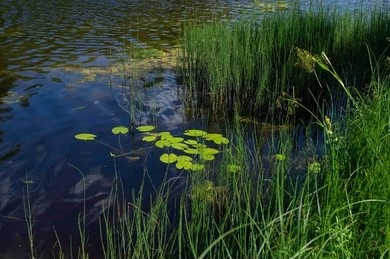Aquatic ecosystems (inland and marine) include vascular plants and algae as well as animals and have a rich biodiversity. The quality of the water environment is very closely related to the diversity of aquatic organisms. The complex community structure of aquatic organisms can indicate the quality and homogeneity of the water environment, and one of the important criteria for water environment evaluation is the diversity index of aquatic organisms.

Lifeasible can detect and analyze the diversity indices of aquatic organisms in water samples, which can show the changes of distribution density and diversity indices of aquatic organisms in water samples, and characterize the condition of the water environment by the results.
The functional integrity of aquatic organisms is characterized by aquatic algae, and the aquatic pollution index is analyzed by the biodiversity index, which is related to the number of algae and the total number of algae.
| Projects | Indicators |
| Water ecology assessment |
|
| Species diversity evaluation |
|
| Benefit evaluation |
|
Biodiversity indices can measure the complexity of community structure and function, but using one diversity index alone to explain the diversity of aquatic organisms is prone to large biases. Therefore, Lifeasible uses different biodiversity indices or a combination of biodiversity indices for different samples for diversity assessment. Commonly used indicators are the Berger-Parker dominance index, Margalef richness index, Menhinick diversity index, Pielou evenness index, Shannon-Wiener diversity index, Simpson diversity index, Fisher α index, Q index.
Biodiversity is an important parameter that reflects the structural characteristics of biological communities and is also an important measure of the stability of community structure; usually, the higher the diversity, the richer the species composition of the community and the more stable the structure; conversely, the more homogeneous the species composition, the less stable the community structure. Lifeasible has prepared a variety of diversity indicators for assessing and analyzing water samples for this purpose, and these results help our clients analyze water quality and pollution. Please contact our staff so that you can get the right biodiversity analysis solution for your project the first time.
Lifeasible has established a one-stop service platform for plants. In addition to obtaining customized solutions for plant genetic engineering, customers can also conduct follow-up analysis and research on plants through our analysis platform. The analytical services we provide include but are not limited to the following:
Why Do Plants Blush When They Are Hungry?
April 26, 2024
STU-CRISPR System Improves Plant Genome Editing Efficiency
April 19, 2024